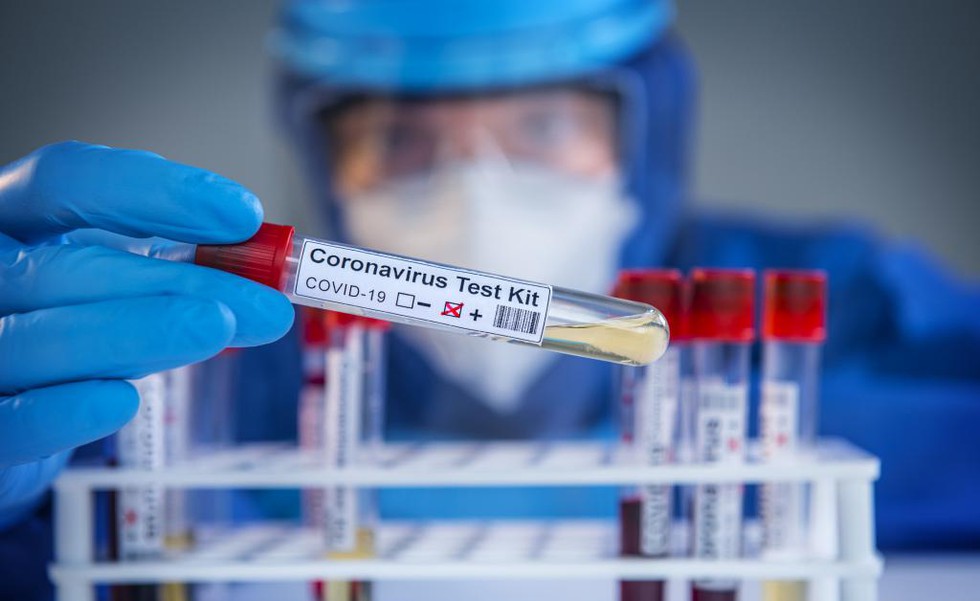The World Health Organization (WHO) has initiated a global network of laboratories to identify and monitor potential novel coronaviruses. This network, named CoViNet, expands beyond SARS-CoV-2 to include other coronaviruses such as MERS-CoV, with enhanced laboratory capacity.
Expansion of WHO’s Focus
Building upon the WHO COVID-19 reference laboratory network established in January 2020, CoViNet now incorporates animal health and environmental surveillance. This expansion aims to provide timely risk assessment to inform WHO policies and protective measures.
Support for Low- and Middle-Income Countries
CoViNet will facilitate the establishment of additional laboratories in low- and middle-income countries to monitor MERS-CoV and other novel coronaviruses of public health significance.
Objectives of CoViNet
Dr. Maria Van Kerkhove, acting director of WHO’s department of epidemic and pandemic preparedness and prevention, emphasized CoViNet’s role in ensuring timely detection, monitoring, and assessment of coronaviruses posing public health threats.
Composition and Scope of CoViNet
CoViNet comprises 36 laboratories from 21 countries across all six WHO regions. Notably, three Indian laboratories are included: the Council of Scientific and Industrial Research-National Environmental Engineering Research Institute, the Indian Council of Medical Research-National Institute of Virology in Pune, and the Translational Health Science and Technology Institute.
Action Plan and Future Initiatives
Representatives of CoViNet laboratories finalized an action plan for 2024-2025 during a meeting in Geneva, Switzerland. This plan aims to address health challenges posed by novel coronaviruses through coordinated surveillance and response efforts.
Utilization of Data
Data obtained through virus sequencing and surveillance activities will guide WHO’s Technical Advisory Groups on Viral Evolution and expert advisory groups on COVID-19 vaccine composition.
Warning on ‘Disease X’
WHO Director-General Tedros Adhanom Ghebreyesus cautioned about the possibility of future outbreaks akin to COVID-19, emphasizing the concept of ‘Disease X’ as a placeholder for an unknown disease of significant magnitude, likely to be zoonotic and RNA-based.
Coronavirus Variants and History
Coronaviruses encompass a broad family of RNA viruses, with some causing mild illnesses such as the common cold (e.g., OC43, HKU1) and others, like SARS-CoV, MERS-CoV, and SARS-CoV-2, leading to severe and sometimes fatal diseases.
Multiple Choice Questions (MCQs) with Answers:
- What is the primary objective of CoViNet?
a) Monitoring only SARS-CoV-2
b) Surveillance of all novel coronaviruses
c) Assessing influenza pandemics
d) Assessing bacterial infections
Answer: b) Surveillance of all novel coronaviruses - How does CoViNet support low- and middle-income countries?
a) By providing financial aid
b) By establishing more laboratories
c) By offering medical supplies
d) By conducting vaccine trials
Answer: b) By establishing more laboratories - Who emphasized the importance of CoViNet in timely detection and assessment of coronaviruses?
a) Dr. Tedros Adhanom Ghebreyesus
b) Dr. Maria Van Kerkhove
c) Dr. Anthony Fauci
d) Dr. Rochelle Walensky
Answer: b) Dr. Maria Van Kerkhove - What is ‘Disease X’ as mentioned in the article?
a) A known infectious disease
b) A placeholder for an unknown disease
c) A bacterial infection
d) A parasitic disease
Answer: b) A placeholder for an unknown disease
